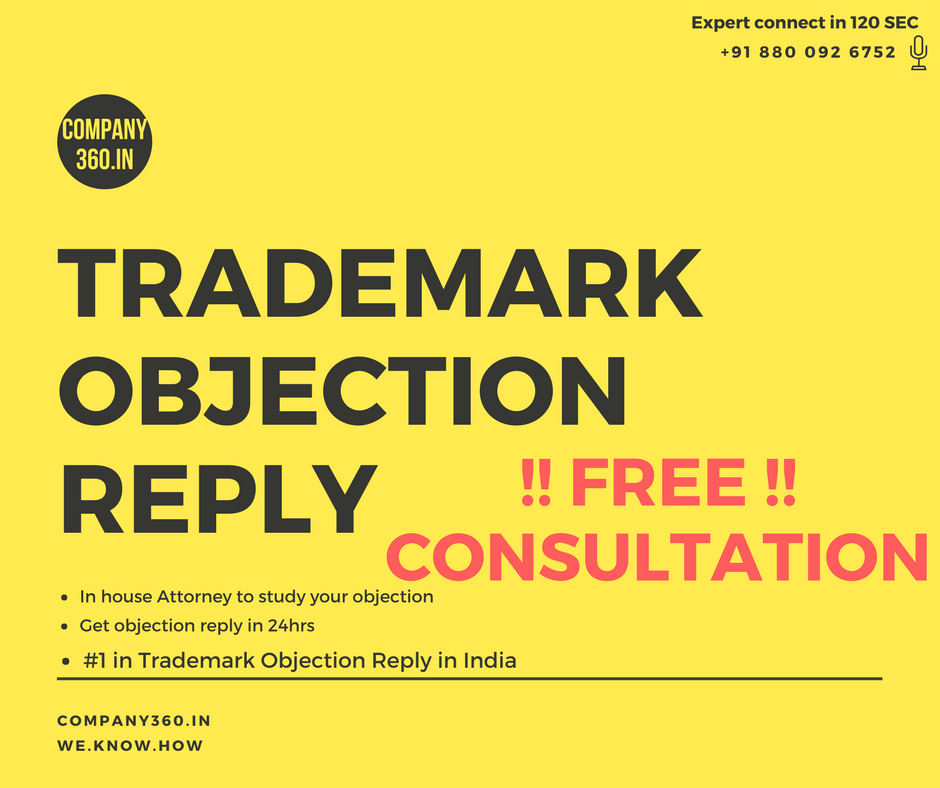
Generally, when it comes to product packaging we assume that the only
protection by law it can get is of trademark. Trademark law helps to
distinguish one seller from that of others in the market. Nowadays, more
than the functionality or title, people go by the attractive designs and
appealing package. So, sellers are always in a competition to bring out
the best and the most creative way of packaging to attract consumers.
Here is where copyright comes into picture. Yes, product packaging can
be copyrighted even though it is of less value than trademark
protection. This article analyses the importance of copyright in product
packaging and how it can be used as an alternative to trademark
protection.
What does copyright do? It essentially protects the expression of ideas
and anything that is creative and unique gets the protection. This helps
the original creator to use it without the worry of duplicity. Now, when
it comes to product packaging, if the seller comes up with an innovative
and unique way of packaging the products, it can get copyright
protection. This will enable the seller to prohibit other sellers from
using the same packing style or method used by him. For example, the
seller who uses a combination of colors, shapes and designs which is
unique and makes the packaging more attractive can get copyright
protection.
However the copyright protection for product packaging is limited. First
of all, the product packaging must contain a drawing, logo or any
creative expression so that it can get copyright protection. For
example, the General Mills used a professional photograph of a heart
shaped bowl in the ‘cheerios’ cereal, this garnered the copyright
protection as it includes a creative expression.
Secondly, if the packaging does not contain any creative expression in
itself then, such packaging can get protection only if it is proved that
the selection and arrangement of packaging as a whole is creative enough
to get copyright. For example, the General Mills tried to get the
copyright on a ‘fruit and nut’ bar packaging containing the name
‘LARABAR’. They argued that the expression and combination of
different ideas itself amounts to a creative expression and thereby
copyrightable. However, this contention was rejected by the Copyright
Office and was observed that, for a product packaging to be
copyrightable there must be a ‘sufficiently high’ number of creative
choices.1
Another example wherein such contentions were rejected was in the
Icelandic Cod Liver packaging, where the use of strips, colors and other
specifications were just ‘standard designs’ and also certain things were
incorporated only because of the government rules which did not amount
to any creativity.
In yet another case, A German Company sought the registration of a two-
dimensional artwork on the packaging of a skin care product.2 The
name Dr. Hauschka was placed over the logo of three nested ‘U’ shapes
along with a yellow rectangular box at the bottom was rejected by the
Copyright Office by stating that these combination of colors, shapes or
frames did not amount to be creative enough for availing such copyright
protection.
The Itsa Flavored case is different from the above three situations,
where the placing of a black diamond logo, the altering colors of the
spiral patterns and the small graphic images amounts to the required
level of creativity and thereby the copyright protection was granted.
It is limited in scope of getting protection in case of infringement.
Only if there is a substantial or identical depiction of the packaging,
the protection can be availed against infringement. The seller cannot
claim infringement for copying the package which contains something
generic. For example, if a seller puts a specific drawing of a sunset in
the package he can get copyright for such specific depiction of sunset
but cannot claim for infringement just because someone else has
incorporated a picture of sunset as it is generic in nature.
Parle Products Pvt. Ltd., recently filed an infringement suit against
Future Group Ltd., wherein they contended that the respondents had used
identical/ deceptively similar packaging in their products. The Bombay
High court held the decision in favor of Parle and observed that the
packaging of Future Group’s products is deceptively similar and was done
with an intent to confuse people.
Conclusion
To sum up, the copyright protection for packaging is a cost efficient
and an effective alternative to trademark or design patent. However, the
copyright protection is limited and is only applicable where there is a
high level of creativity in packaging. The protection granted is also
limited and to prove an infringement case, there must be substantial/
striking similarities. The depiction of generic matters on packaging
does not amount to copyright infringement and it differs from case to
case.
-
David A. Kluft, Copyright Office Denies Protection For Unique
Product Packaging, MONDAQ, (Jul 28, 12:59 PM),
https://www.mondaq.co/unitedstates/trademark. ↩ -
Id. ↩










